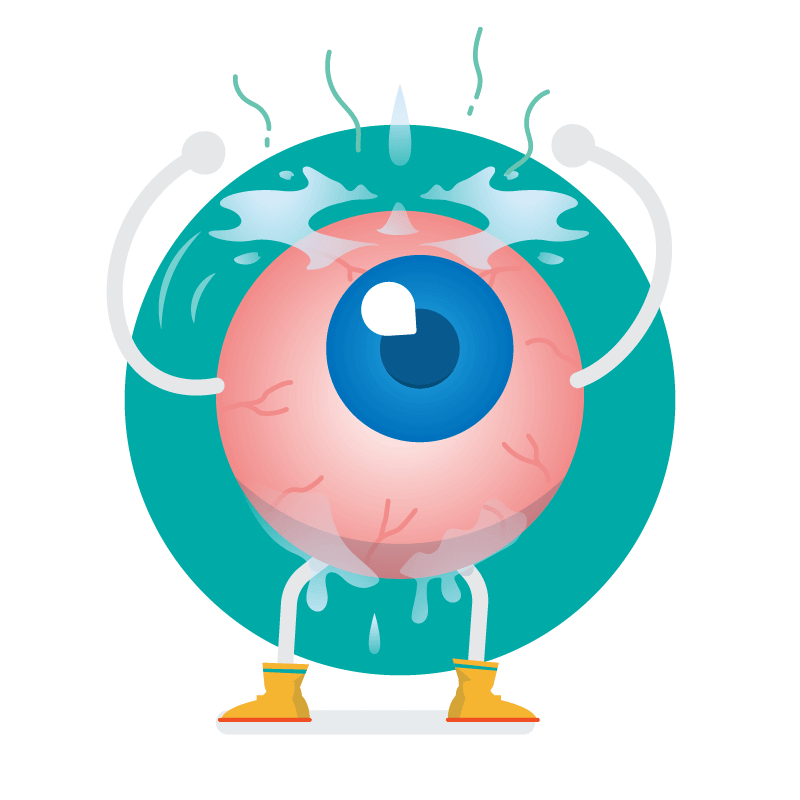Amplify EyeCare practices announce the addition of advanced treatments for dry eye now available at all locations
Dry eye is one of the most common eye conditions impacting the lives of tens of millions of Americans. Dry eye symptoms are varied and include dryness, itchy eyes, watery eyes, crusty eyes, feeling of sand or dirt in the eye, redness and inflammation. Oftentimes people with dry eye will have difficulty wearing contact lenses or using a computer for extended periods of time. Traditionally people would take eye drops to relieve the symptoms, however eye drops do not treat the underlying cause of the condition, and act as a bandaid or aspirin to temporarily relieve the discomfort.
What causes dry eye?
The most common cause of dry eye is a condition called Meibomian Gland Dysfunction or MGD. When we blink, oil glands in the eyelids secret lipids which form the outermost layer of the tear film and prevent evaporation of the watery layer . If these glands become clogged or atrophied, then there is an insufficient lipid layer causing tears to evaporate too fast leading to dry eye.
How common is MGD?
It is hard to get accurate estimates of the incidence of MGD among adults, but multiple large studies suggest that the number is between 30% and 55% of adults.
Meta analysis of 3 studies with over 19,000 participants concludes that there is global MGD prevalence of 21.2%. (https://pubmed.ncbi.nlm.nih.gov/36301551/)
Another study of available research indicated that the pooled prevalence of MGD was 35.8%, noting that the prevalence varied significantly by ethnicity with the rate of MGD among hispanics at over 67%. (https://www.tandfonline.com/doi/abs/10.1080/09273948.2020.1755441?journalCode=ioii20)
Does MGD need to be treated if you do not have symptoms?
One of the biggest misconceptions about MGD is that treatment is only needed if your eyes bother you enough. The truth is that MGD treatment is first and foremost a condition that should be treated to prevent atrophy of the glands. Once glands become significantly atrophied, treatment becomes much more difficult, if not impossible. So it is critical to treat MGD before it becomes a severe problem, even if you are not experiencing any symptoms.
How is dry eye from MGD treated?
Treatment consists of a heating device placed over the lids in the office, which warms the glands to a targeted temperature, which then allows our optometrists to gently squeeze the glands to remove blockages. After a few sessions, the glands will begin to function healthily and symptoms of dry eye should be relieved. In some cases our doctors may also recommend additional steps taken at home, such as using omega3 supplements, wearing a hot compress, and using special wipes to clean the edges of the lids.
How do you know if you have MGD or Dry Eye?
At our clinics we use a special infrared camera that takes a picture of the glands and easily shows the doctor if MGD is present. Our eye doctors may also run other tests in addition to imaging which will aid them in understanding the full picture of your dry eye disease.
Don’t wait to treat dry eye, schedule an eye exam today!
If you are experiencing symptoms of dry eye, or have a history of dry eye, we recommend scheduling an eye exam with our eye doctors at any of our locations.












